I've always thought that we should all know the history of where we are, for this help us understand the world in which we live. It gives us better tools to deal with conflict, and gives us the opportunity to improve our lifestyle. and avoid past mistakes.
so I've done a little research of the city where I live for a week
Medellin
It was 1541 when Jerónimo Luis Tejelo first set foot on the Aburrá Valley. The officer had been charged by Marshal Jorge Robledo, founder of Santa Fe de Antioquia, with scouting the lush, green valley lying to the east of that settlement. However, finding neither gold nor silver, and completely rejected by the locals, Tejelo and the rest of his scout team left the valley.
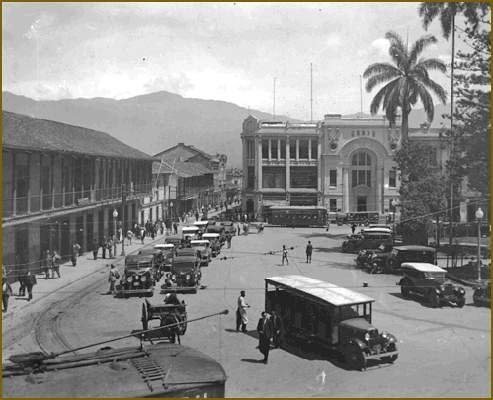
Three quarters of a century later, in 1616, Francisco de Herrera Campuzano gathered a fistful of locals and founded the hamlet of San Lorenzo de Aburrá, where modern-day El Poblado neighborhood now stands.
In time, the valley’s inhabitants began to settle other areas of the nascent community. One such settlement was Aná, erected near what today is the La Alpujarra Administrative Center.
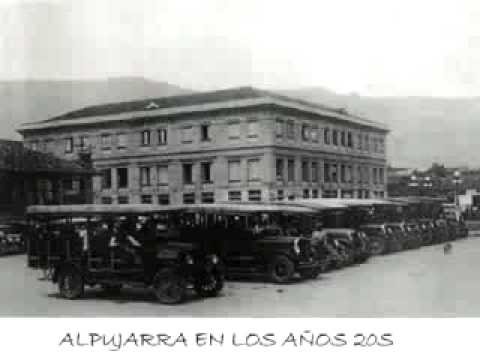
The new village threatened the political interests and jurisdiction of Santa Fe de Antioquia, until then capital of the Province of Antioquia. Understandably, its inhabitants opposed the idea of incorporating the up and coming village to the east into a city.
On March 20, 1671, the Nueva Villa del Valle de Aburrá de Nuestra Señora de la Candelaria was incorporated into a city. Still, Santa Fe de Antioquia’s city fathers and priest combined forces and political muscle to der-ogate the edict. Four years later, however, on November 2, 1675, a decision was issued that firmly established Aná as Villa de Nuestra Señora de la Candelaria de Medellín.
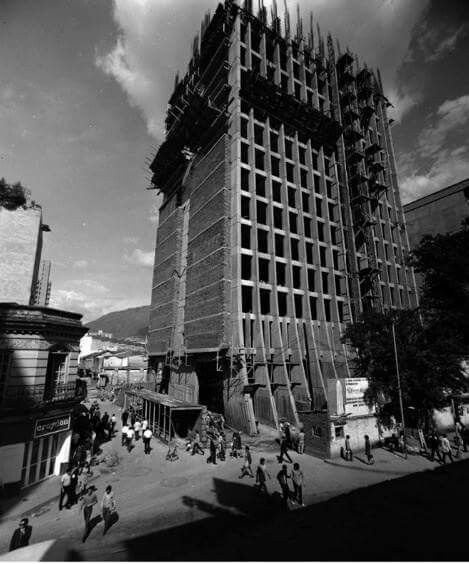
By 1813 the Province of Antioquia proclaimed its independence from Spain. Eventually, and over Santa Fe de Antioquia’s opposition, Medellín was erected capital of the province of Antioquia on April 17, 1826 as per decree sanctioned by Francisco de Paula Santander.
Towards 1870 the hamlet experienced a boom as breadbasket and as a coffee trading center. That growth gave way to the urban and architectural development of the capital with its derived social, cultural, and intellectual activities.
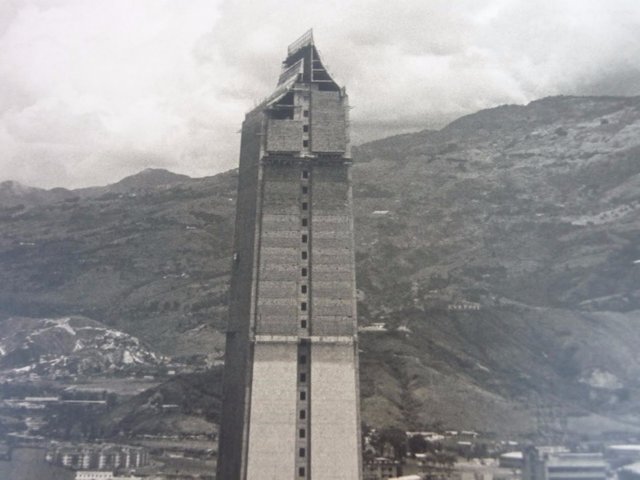
It was Pedro Justo Berrío (1827-1875) who launched the city as a political and economic center by establishing infrastructure work that included roads, the electric streetcar, banking, and the railroad. And it was precisely in 1874 that one of the projects that would greatly impact the history of the region was set into motion:El Ferrocarril de Antioquia (The Antioquia Railroad).
To avoid uncontrolled sprawl, Medellín’s City Council issued Accord No. 4 of 1890 addressing the layout and general blueprint for the city. Thus, Sociedad de Mejoras Públicas, (dedicated to the beautification of public spaces) came into being in 1899. The Society played an important role in the urban and cultural development of Medellín.
At the beginning of the 20th century, the sleepy Medellín of a few thousand went through a radical transformation. Industri-alization helped shape this transformation stimulated by the region’s special topographic and hydrographic characteristics.
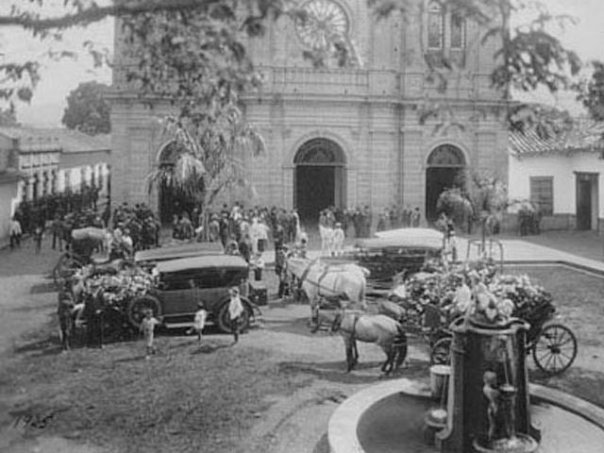
The garment industry, pillar of such industri-alization, was soon followed by other sectors such as glass and footwear production, mass consumption food items, iron smelting, air transportation, home appliances, and cultur-al goods production. Nascent corporations of the moment were: Compañía Nacional de Chocolates, Postobón, and Confites Noel (food industry); Coltejer and Fabricato (tex-tiles); Coltabaco (tobacco products).
New economic policies instituted by Presidents Enrique Olaya Herrera and Alfonso López Pumarejo in the 1930’s, consolidated Medellín as the main industrial, economic, and financial center in the country.
The city also continued to grow in the cultural sphere. It gave birth to newspapers like El Espectador, the most respected of Colombian dailies, and Caracol and RCN two of the nation’s most important radio networks. Literary figures, too, like Tomás Carrasquilla and Fernando González, began their careers here, as did groups such as Los Panidas and Los Nadaistas.
Cultural milestones occurring in the city include – among others –: the Festival de Ancón (1969) (a local version of Woodstock), art biennials, and Fernando Botero’s paint-ings and sculptures.
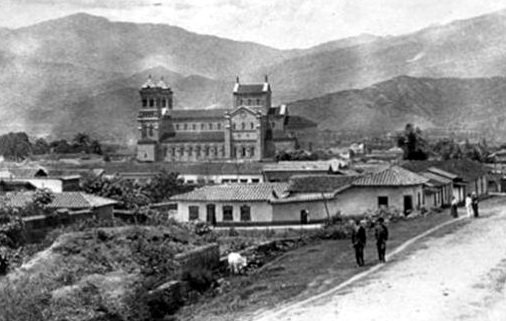
Nowadays, after overcoming its violent past, Medellín presents itself as a model of transformation and social innovation. Hopeful and pioneering airs fill Medellín. Annually, it is home to garment and textile fairs, cultural events, and traditional and Christmas celebrations that attract local and international visitors.
Top-dollar investment projects, like the Sistema Integrado de Transporte del Valle de Aburrá (SITVA for its Spanish acronym) or Fully Integrated Transportation System that complements the Metro, constant urban renewal, local TV Stations, Parks and Library bringing the community closer to culture, scientific developments in health and technology, and educational opportunities for all, make of this city a metropolis spearheading its own future and projecting worldwide.
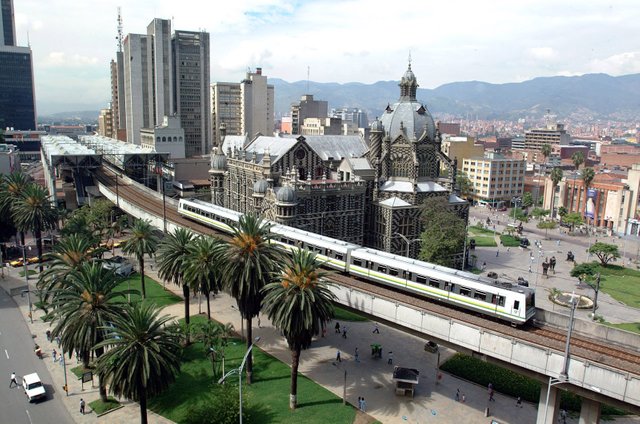
Downvoting a post can decrease pending rewards and make it less visible. Common reasons:
Submit